It’s a bit dark in Sylvain Entressangle’s noirish black and white street scenes, and you’ll be forgiven if you can’t quite place the location or the time period—Los Angeles in the 1940s? New York, 1955? Detroit? In fact, the city where they were shot, Empire Bay, doesn’t really exist—it’s the virtual setting for Mafia II, an action-adventure video game developed by 2K Czech and published by 2K Games, “a beautifully crafted look into the dark and unforgiving world of the Mafia,” according to its developers. Entressangle treats the thoroughly-rendered, imaginary city as a place to explore like a photographer, making images that capture its street life—including virtual characters dressed in old school hats and suspenders, who walk by matching vintage cars—and its landmarks, which include a variation on the Brooklyn Bridge. Entressangle tells PDN by email, “As a photographer, I found this virtual and visual material quite rich. And I wanted to have the opportunity to photograph it.”
Entressangle says his interest in video games dates back to playing Pong in the 1970s, and stretches through the Atari 2600 to the present. “I am a regular gamer, and I am very interested by the…possibilities of that media in artistic and expressive domains,” he says. With the arrival of games like Grand Theft Auto, which allowed players to move freely in a virtual world, Entressangle was fascinated. In 2002, while playing the first Mafia game, set in the fictional city of Lost Heaven, “I realized that the city and its atmosphere left me memories that could be as real as a normal city could leave in my mind.”
Entressangle made screenshots in the later game using several mods, or game modifiers, found on the Internet—one to hide his avatar, one to improve the textures, and another to control the climate and time of day in the game. “I decided to shoot from the height of a real person (my avatar’s height),” he says. “I wanted to experience the same problems when I have to shoot in a real city. When I photograph Paris, where I live, I could walk several hours taking pictures. I used the same method in the game.” Making photos in the game is similar to using a camera, with a few key differences. “The field of view of the game generally corresponds to a camera with two lenses: a 30mm and a 45mm lens. This is perfect to work in a street photography context. The main difference…is an unlimited depth of field,” where it is impossible to control the focus. He took about 10,000 screenshots over the course of 5 or 6 months, picking 100 of these and then editing the selects in Photoshop and Lightroom before making prints.
In deciding which images to include, Entressangle looked for atmosphere and a variety of neighborhoods. “During the time I was doing the editing, I often looked at the paintings of Edward Hopper,” he says. “I tried to see how he painted the American city. How he let the light enter into the streets and buildings. I was also inspired by the photographers who worked on American cities from the 1930s to the ’50s: Walker Evans, Berenice Abbott, André Kertész and many others.”
The project encompasses multiple layers of invention and interpretation—European game designers, inspired by Mafia movies, imagine an American city of the past, which is then filtered through the vision of a European photographer. For Entressangle, the project allowed him to imagine an alternative existence for himself as an American in another era, recording his world. “As I was not born at that time, I imagine [being a] photographer…who decided to make a complete photographic work on this city.”
Related Stories:
Male Stereotypes in Video Games
Modern War Games, Vintage Techniques
Are Video Games the Future of Storytelling?
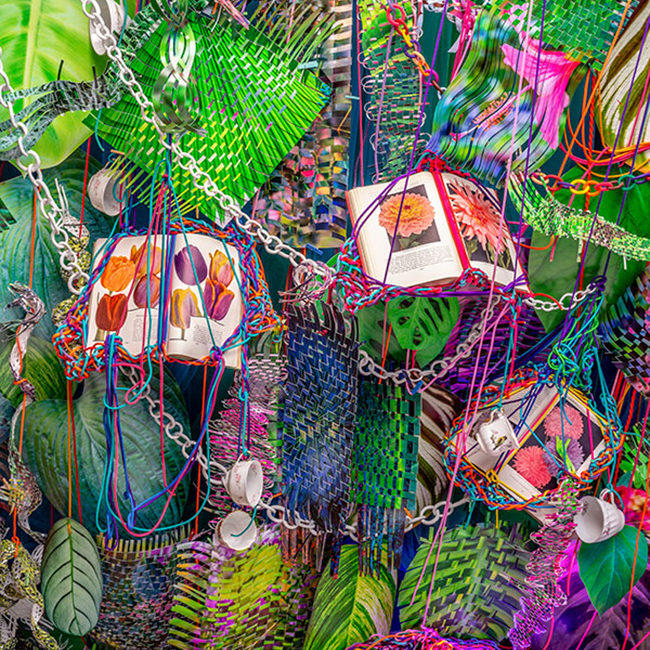
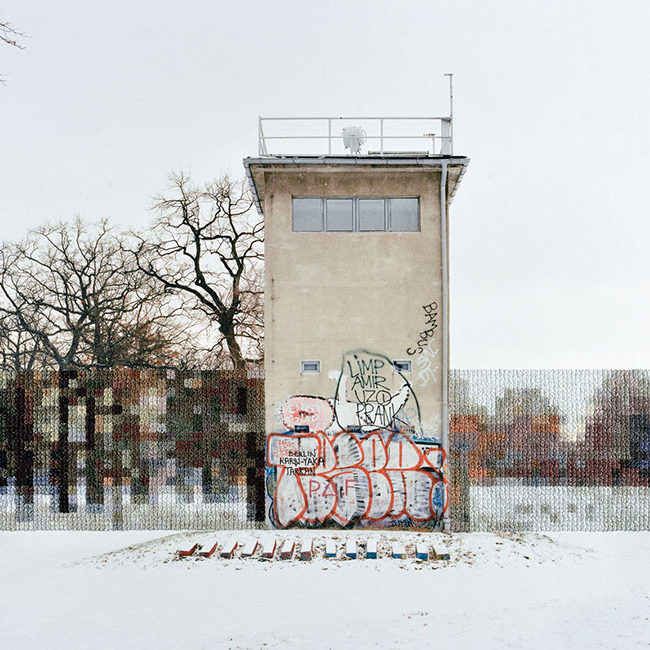


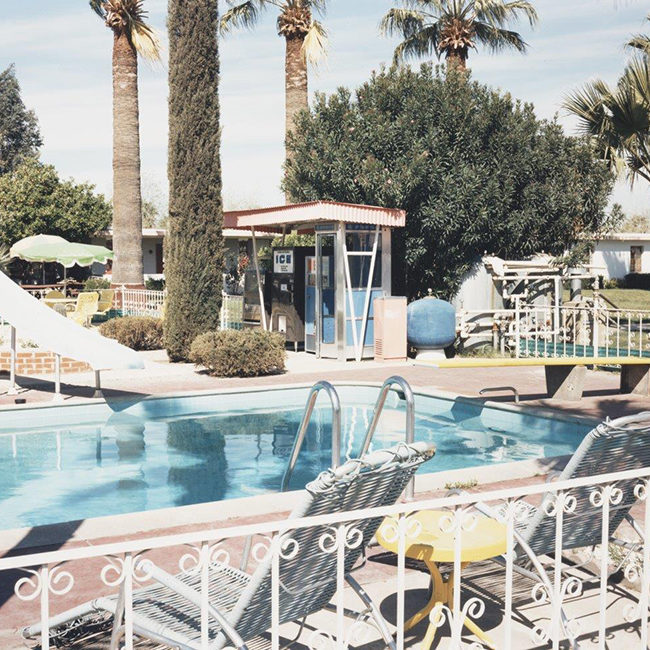
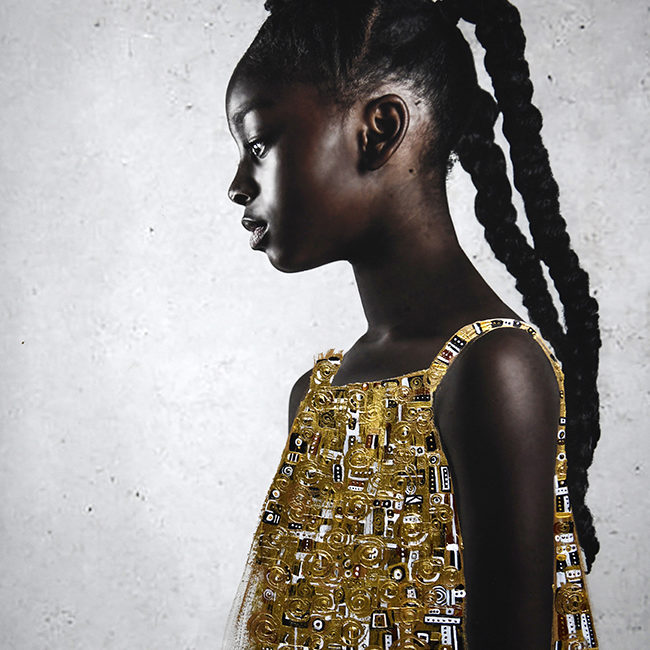

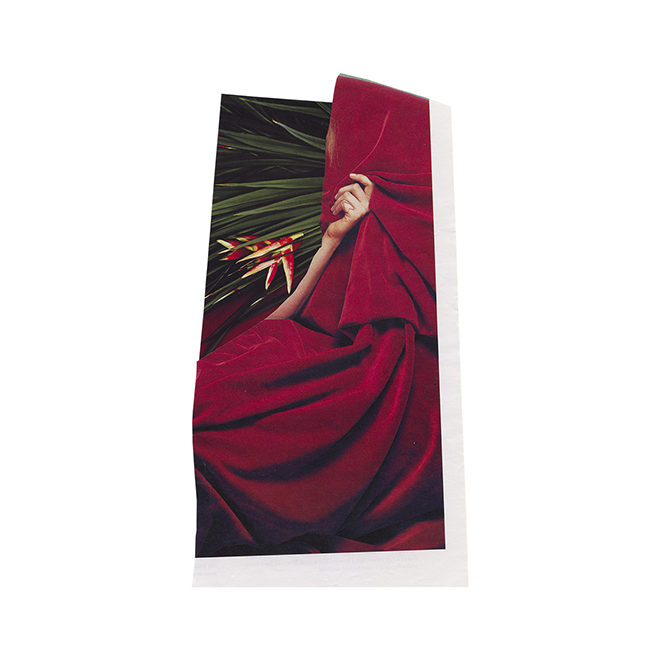
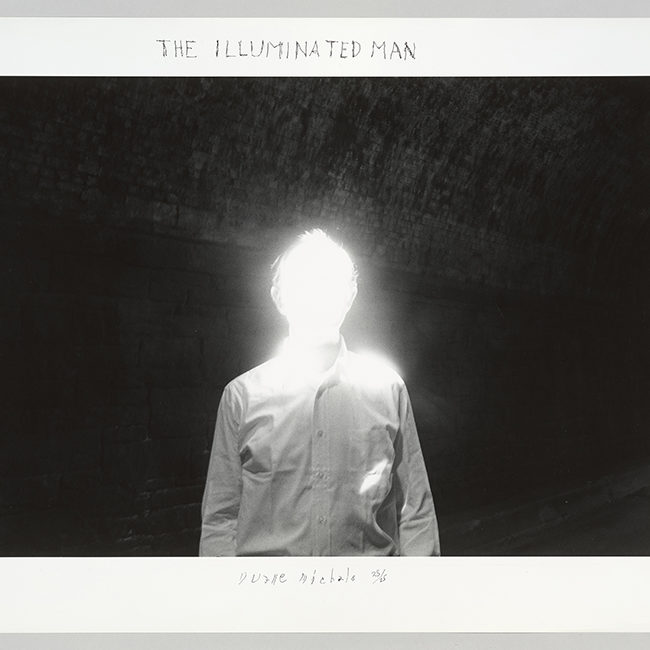
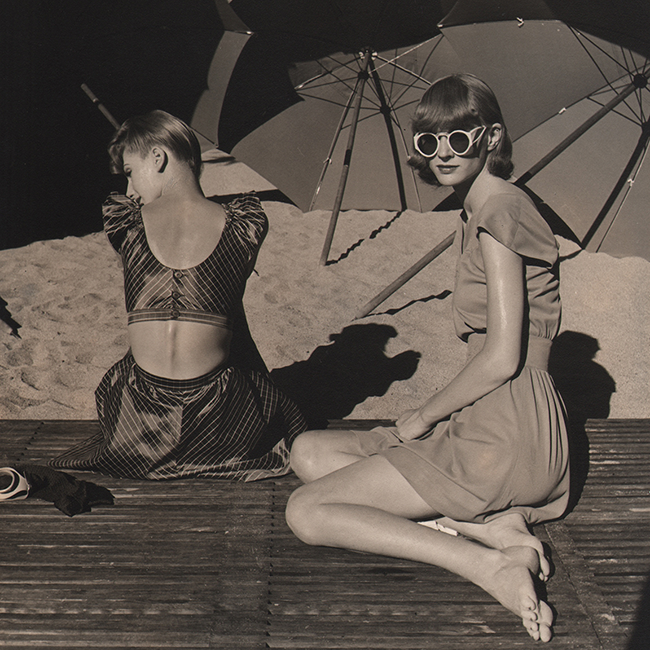
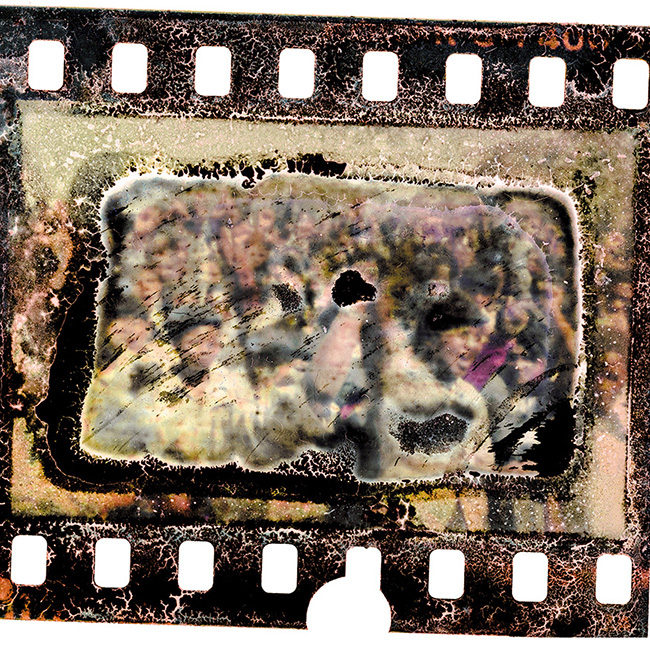

Fascinating approach, also for training purposes…
Love the pictures, great mood, really good idea !
Wow !!!! That concept is great ! Cool shots !!!!
So nice!! I love it…
Amazing work ! The idea is great and the pictures are fantastic.
Great job man! Do you sell the pics ?
No, I did that series only for the artistic approach
Really fine pictures !!!
Amazing !! A real good job. Congratulations